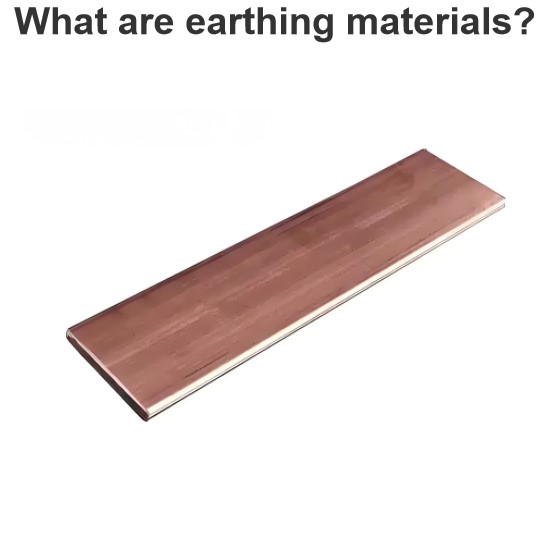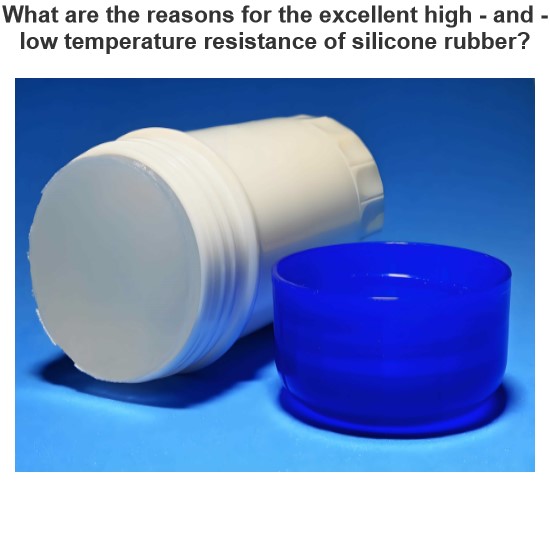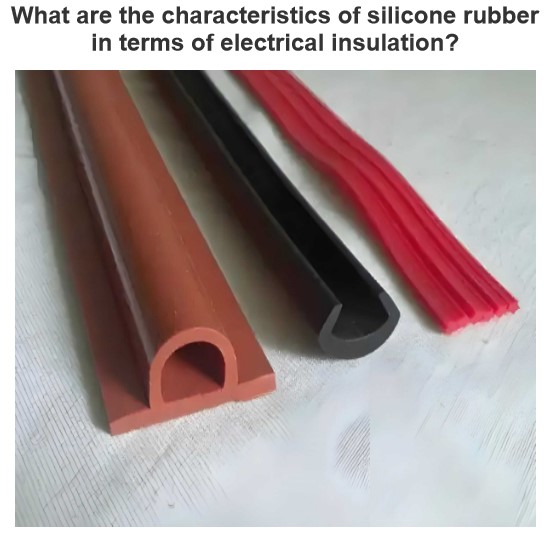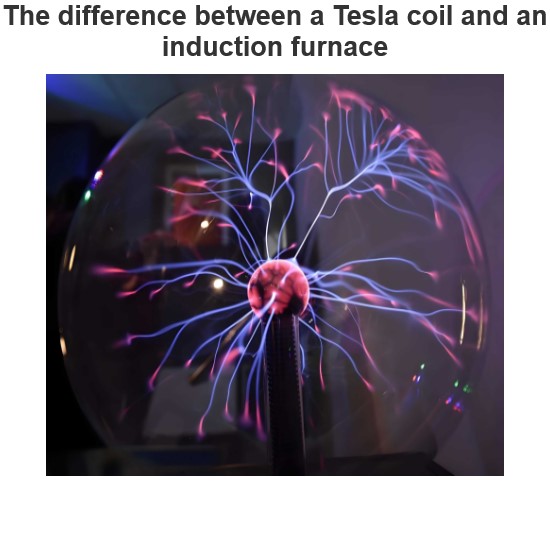Chemical Properties of Engineering Materials
Being an Engineer it is important to have the knowledge of chemical properties of engineering materials. Because most the engineering materials come into contact with other materials and react chemically to each other. Due to this chemical reaction they may suffer from chemical deterioration. Some of the chemical properties of engineering materials are listed below –
Chemical composition
Atomic bonding
Corrosion resistance
Acidity or Alkalinity
Chemical Composition
The chemical composition of engineering material indicates the elements which are combined together to form that material. Chemical composition of a material effects the properties of engineering materials very much. The strength, hardness, ductility, brittleness, corrosion resistance, weldability etc. depends on chemical composition of materials.
Hence, we should also have the knowledge of chemical composition of engineering materials. For Example the Chemical compositions of some materials are listed below-
| Sl. No. | Material | Chemical Composition |
| 1. | Steel | Fe, Cr, Ni |
| 2. | Brass | Cu = 90%, Ni = 10% |
| 3. | Bronze | 90% Cu, 10% Ni |
| 4. | Invar | Fe = 64%, Ni = 36% |
| 5. | Gun Metal | Cu = 88%, Tin = 10%, Zn = 2% |
| 6. | German Silver or Nickel Silver or Electrum | Cu = 50%, Zn = 30%, Ni = 20% |
| 7. | Nichrome | Ni = 60%, Cr = 15%, Fe = 25% |
| 8. | Phosphor Bronge | Cu = 89 – 95.50% , Tin = 3.50 -10%, P = 1% |
| 9. | Manganin | Cu = 84%, Mn = 12%, Ni = 4% |
| 10. | Constantan | Cu = 60%, Ni = 40% |
Atomic Bonding
Atomic bonding represents how atoms are bounded to each other to form the material. Many properties, such as melting point, boiling point, thermal conductivity and electrical conductivity of materials are governed by atomic bonding of materials. Hence, to understand the properties of materials, it is very important to study the atomic bonding of materials. Atomic bonds in materials are of following types,
Ionic bond – froms by exchanging of valence electrons between atoms.
Covalent bonds – froms by sharing of electrons between atoms.
Metallic bonds – found in metals.
Corrosion Resistance
Corrosion is a gradual chemical or electromechemical attack on a metal by its surrounding medium. Due to the corrosion, metal starts getting converted into an oxide, salt or some other compound. Corrosion of a metals is effected by many factors such as air, industrial atmosphere, acid, bases, slat solutions and soils etc. Corrosion has a very adverse effect on materials. Due to corrosion, the strength and life of a material is reduced.
Corrosion resistance of a material is the ability of material to resist the oxidation in atmospheric condition. Generally pure metals such as iron, copper, aluminum etc. gets corroded in slowly in atmosphere. To avoid the corrosion of these metal in pure form, we use these metals in the form of alloys such as stainless steel, brass, bronze, German silver, Gunmetal etc.
Acidity or Alkalinity
Acidity or Alkalinity is an important chemical property of engineering materials. A material is acetic or Alkane, it is decided by the ph value of the material. Ph value of a material varies from 0 to 14. Ph value of 7 is considered to be neutral. Ordinary water is having ph value of 7. The materials which are having ph value below 7 are called Acetic and Materials which are having ph value greater than 7 are called alkane. Acidity of Alkalinity of material indicates that how they react with other materials.
Statement: Respect the original, good articles worth sharing, if there is infringement please contact delete.
Electrical4U is dedicated to the teaching and sharing of all things related to electrical and electronics engineering.













